How to remove your email from websites

If your email address is publicly available, anyone on the internet can match it with the rest of your digital footprint. From there, they can spam you with malicious advertising and phishing scams or try to break into your accounts.
Learning how to remove your email from websites that publish it online is the first step to securing your digital identity. Many sites let users opt out of having their email addresses published, but the process is not always simple or straightforward. Our guide will help you find the right approach.
Why remove your email address from websites?
On its own, your email address doesn’t offer much information about you. However, it is a gateway to other parts of your digital identity. When combined with information about the apps you use, the websites you visit, and the social media sites you’re active on, it becomes an incredibly important link in your overall security chain.
Nearly every website and digital service you use asks for your email address. Most of these platforms also ask for additional data like your name, contact information, and even home address.

If a large-scale data breach includes your email and this additional information, hackers can match all the data to build a comprehensive profile on you. They can find out what companies you do business with, what banks you have accounts with and much more. This kind of event can turn a minor inconvenience into a major problem.
Once attackers equip themselves with enough information, they can target both your email inbox and your bank accounts, social media profiles, and other high-value assets you own.
How to remove your email from unwanted sites
Removing your email address from one website won’t help if it’s available on a dozen other sites. Before you start the process of removing your contact details from the internet, you need to identify every website that has published your data online.
Most of these websites will be business directories and data broker AKA people-search sites. In most cases, they run automated systems that collect and post information on people. The data broker site owners may not even be aware they have your data — but they’re perfectly happy to sell it.
Here are the steps you should take to find the sites that expose your email and remove it:
1. Manually search for your email
First, you need to look up your name and email address on popular search engines. If you have a Google account, you can use their Results about you tool to locate the pages that disclose your personal information including your email address. But don’t limit yourself to Google search only — some websites will only show up on Bing, Yahoo!, and other engines.
Then you can create a list of every site you want to delete your data from. If the list is short, you may be able to unsubscribe on your own. If the list is long, you may need to automate the process and gain better control over your data online.
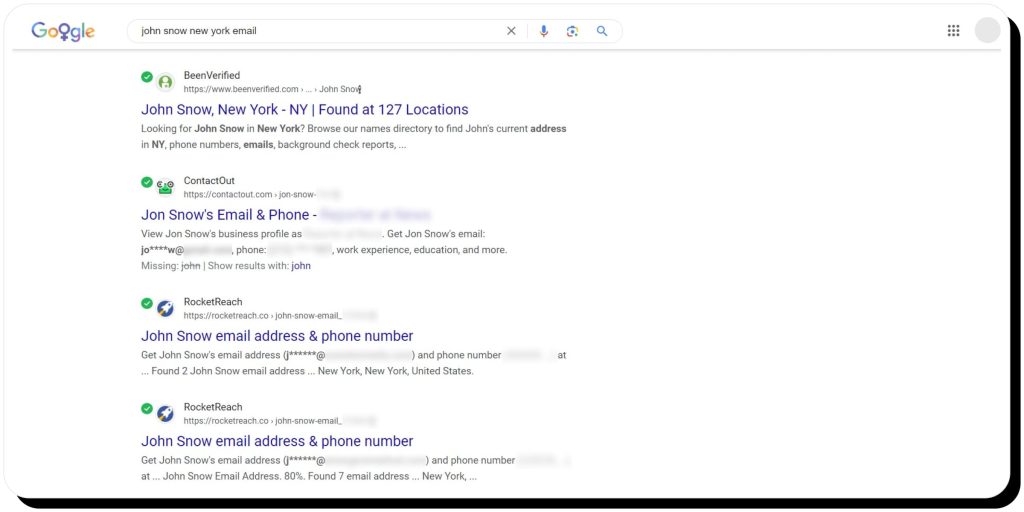
2. Remove your profiles from people-search sites
In addition to your email address, data brokers expose numerous other personal details like your location history, net worth, family ties, credit score range, and political affiliations. Removing your profiles from these sites isn’t just a matter of online privacy – it’s crucial for your safety.
Fortunately, most people-search websites have a record removal process in place. To opt out, you need to find your profiles, find removal links and forms, fill them out, confirm the request via email or phone, and come back later to verify the profile is removed.
Note that opting out of those people-search sites you found via Google only isn’t enough. There are hundreds of them and not each one ranks high on search engines while still exposing your data to its visitors.
Consider using Onerep to scan 231 data broker and people-search sites for your profiles and remove them automatically. We handle the entire process of locating the sites that disclose your personal information, sending opt-out requests, and verifying the removal. Moreover, we continually monitor the web for any new people-search websites or reappeared info. All you have to do is sit back and watch.
3. Contact website owners
For sites that don’t have a clear opt-out process, look for a contact page. If you can’t find the website owner’s contact data easily, you may need to perform a Whois search. You will find an email address listed under “Registrant Email” or “Administrative Contact”. This is the email the owner uses to interact with their hosting service, so any messages you send should go through to a real person.
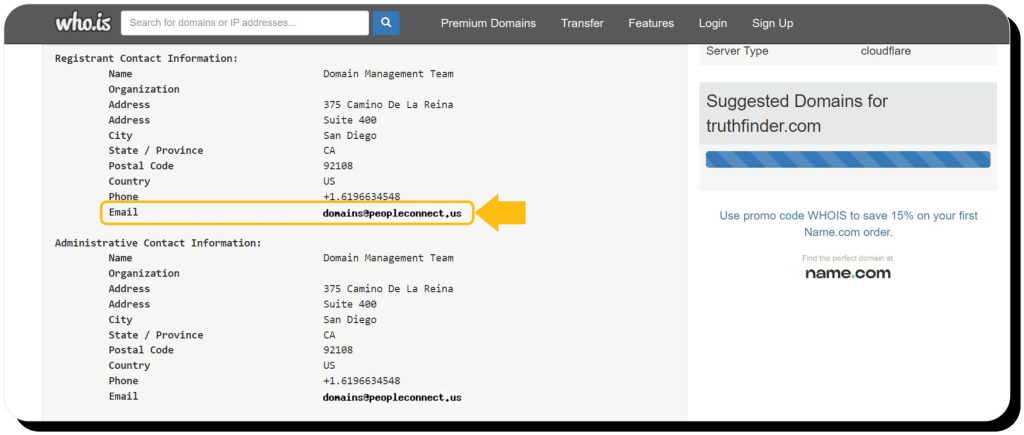
The Whois search also tells you what host the website owner uses. If you don’t see an email address in the Whois search, you can contact the website’s hosting company. Most web hosts respond quickly to requests about unscrupulous customers — their business relies on their ability to manage their reputation and keep unwanted websites off their servers.
Once you know where to send your request, all you have to do is write an email and explain to the administrator why you want to remove your information from the website.
A short, simple email request will do.
Hello [Site or Site owner’s name]
I found personal information about me published on your site and I would like it taken down. Please remove me from your mailing list and opt me out of all future marketing communications.
The information I’d like you to take down is: [your email address]
Thank you for your understanding and cooperation.
If this doesn’t work, try sending a more strongly worded request. If you are a California resident, you can use California’s CCPA data privacy policies to compel the company to remove your email and any other information they expose from the site.
Best practices for protecting your email address
Deleting your email address from the Internet once is not enough to guarantee its security. Here are some things you can do to protect your email accounts in the long run:
1. Scan your email to find out if it was involved in a data breach
You should regularly scan your email address and find out if it is linked to a known data breach or has been exposed on the dark web. This will tell you if there is a security risk associated with your account. It may even provide information about other items of data that have been exposed to the public. If your email has been compromised, you may want to create a brand new account and switch all the important services to it.
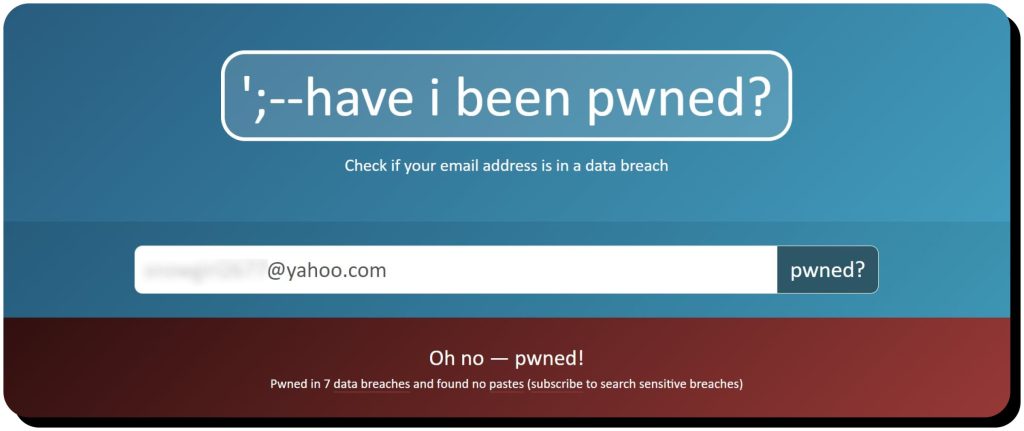
2. Don’t share your primary email with everyone
Every web application and service asks for your email address. But it can be hard to tell which apps and sites will take your privacy seriously and which ones will sell your information to third parties for profit.
Consider creating a separate email address exclusively for registering accounts with social media, e-commerce, and organizations you don’t trust. This will help you clean your spam folder and improve your overall security without losing access to sites and services you want to use.
You can also use disposable email service providers like 10MinuteMail for this. This gives you a temporary email address that only lasts ten minutes — just enough time to register for an app or download an asset from a website without getting years of spam and unwanted emails out of the deal.
3. Always report phishing scams
Even if you are careful about sharing your email online, it’s likely you’ll still receive malicious messages. Whenever you see phishing scams in your inbox, you should report them to your email provider. If the phishing scam tries to spoof a well-known brand, you should write a note to the company being spoofed too.
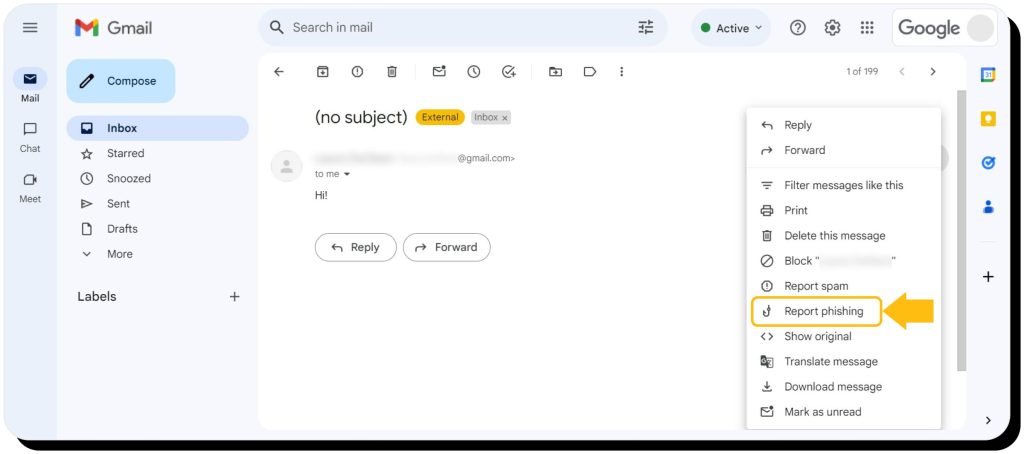
4. Use strong passwords
While you can’t guarantee your accounts don’t get exposed online, you can protect them from being accessed by criminals. For that, always use a strong and unique password for every online account you manage. Consider creating a complex passphrase code made up of multiple words. Also, remember to never use any personal details like your birth year, mother’s maiden name, favorite book, etc.
FAQs
How do I stop getting emails from websites?
Start by clicking on the unsubscribe link at the bottom of the email. If there is no link, you can respond with a note asking senders to stop. If they ignore your request, you can block their future emails by flagging them as spam or malicious.
How do I find out what sites are using my email?
Your email service provider can tell you which websites and services are connected to your email. For example, Google account settings allow you to see every service linked to your Gmail account as well as remove access. You can also check your inbox for incoming mail from any e-commerce site, social network like Facebook, or other websites to see all the accounts you signed up for in the past.
What are the best email aliases to use?
The best email aliases are the ones that reduce your workload by filtering and categorizing incoming mail automatically. Popular email aliases like “info@” and “contact@” can help you filter incoming mail to your domain. For personal accounts, it’s better to avoid sharing personal details like your full name and birth year, so something completely random would be the best option.
What are the benefits of using a disposable email address?
Disposable email addresses allow you to sign up for new accounts and gain access to digital assets without giving up any personal information. Since your primary email address remains separate, you don’t have to worry about advertisers selling your information to data brokers and other third-party companies. You won’t receive spam or phishing mail in your main account, keeping a clean email inbox free from unwanted emails and potential phishing attacks.
How to delete my email from websites?
To delete your email from unwanted websites, first find the ones that expose it: look yourself up on search engines and people-search sites. This can be done manually or with the help of tools like Onerep or Google’s Results about you. Then, find opt-out/ information removal pages on the identified sites. Alternatively, contact them directly and ask to delete your information. Additionally, delete accounts you no longer use and request that those platforms delete your data.




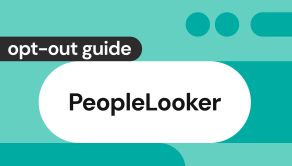
Mark comes from a strong background in the identity theft protection and consumer credit world, having spent 4 years at Experian, including working on FreeCreditReport and ProtectMyID. He is frequently featured on various media outlets, including MarketWatch, Yahoo News, WTVC, CBS News, and others.